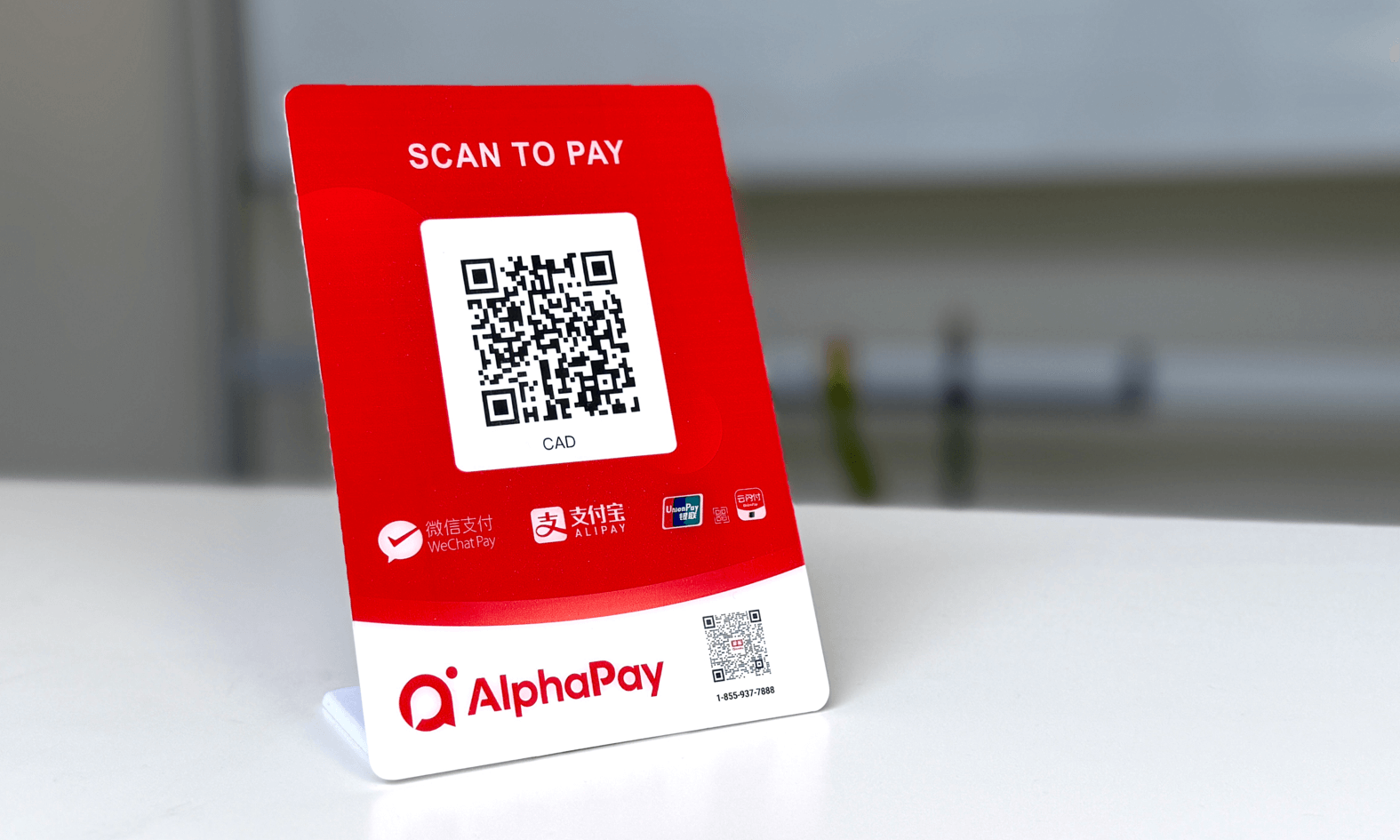In 2023, businesses across North America reported over $16.6 billion in fraud-related losses, a 33% increase from the previous year. With the advent of AI-powered scams and more sophisticated tactics, fraudsters are targeting businesses of all sizes. Whether you run an e-commerce store, a brick-and-mortar shop, or a hybrid model, protecting your payment systems is critical.
Why Payment Fraud Matters
The impact of payment fraud is far-reaching:
-
Financial Losses: Direct theft, chargebacks, and recovery costs can quickly add up.
-
Reputational Damage: Customers lose trust in businesses that don’t secure their transactions.
-
Operational Disruptions: Investigations and disputes consume valuable time and resources.
In 2024, check fraud affected 63% of businesses, while business email compromise (BEC), and card-not-present (CNP) fraud are among the most common threats, with small and mid-sized enterprises being particularly vulnerable. Merchants are often liable for losses, especially in online or unattended transactions.
Common Types of Payment Fraud
Understanding fraud types is the first step in building a defense:
Skimming & RFID Theft
Skimming involves the illegal copying of card information using a small device hidden inside legitimate card readers. These devices can be installed on ATMs, gas pumps, or point-of-sale terminals, capturing card numbers and PINs without the customer’s knowledge. RFID skimming, more prevalent with the rise of contactless payments in Canada, involves intercepting information from tap-enabled cards using hidden scanning equipment.
Friendly Fraud (Chargeback Fraud)
This occurs when a customer makes a legitimate purchase and later disputes the transaction with their bank or credit card company, claiming it was unauthorized or unsatisfactory. In Canada, this type of fraud can be difficult to challenge due to consumer protection laws and the procedures of financial institutions. It’s particularly problematic for e-commerce businesses where the customer isn’t physically present to verify the purchase.
Cheque & EFT Fraud
Cheque fraud includes forged, altered, or counterfeit cheques that trick businesses into transferring funds. EFT fraud involves unauthorized electronic fund transfers using compromised credentials or social engineering tactics. Despite the shift to digital, cheques remain in use across many Canadian sectors, making this a persistent risk. Fraudsters may exploit the slower processing times or lack of real-time verification associated with traditional banking methods.
Social Engineering & Phishing
These attacks rely on human manipulation. Fraudsters pose as trusted figures (such as senior executives, suppliers, or financial institutions) to deceive employees into transferring money or revealing confidential information. Phishing emails and fake invoices are common tactics, and the increase in remote work has expanded the attack surface for Canadian companies. Advanced spear-phishing campaigns can be personalized, making them more convincing and harder to detect.
AI-Powered Deepfake
Emerging technologies have enabled fraudsters to replicate voices, faces, and written communication with alarming accuracy. Deepfake videos or audio clips can be used to impersonate executives, authorizing illegitimate transfers or approvals. These attacks often bypass traditional fraud detection systems and require a high level of internal awareness and verification processes. As deepfake technology becomes more accessible, the threat to Canadian businesses is expected to grow.
Core Strategies to Protect Your Business
A. Implement Internal Controls
-
Enforce dual approvals for large transactions
-
Segregate financial duties
-
Verify invoice and vendor detail changes by phone or secure Canadian banking portals
B. Adopt Strong Authentication
-
Use multi-factor authentication (MFA)
-
Ensure PCI DSS compliance
-
Encrypt payment data end-to-end
C. Utilize Secure Payment Technologies
-
Use cheque positive pay and dual authorization features from Canadian banks like RBC, BMO, or TD
-
Issue virtual cards for one-time payments
-
Partner with PCI-compliant processors that offer robust fraud monitoring and deep integration with preferred mobile wallets
D. Monitor Transactions Actively
-
Reconcile accounts daily using accounting software that integrates with Canadian banking systems
-
Use real-time fraud detection tools with geolocation and behavioural monitoring
E. Foster a Security-First Culture
-
Train employees to spot phishing and social engineering attempts
-
Perform regular security drills and policy reviews
-
Conduct background checks for finance and payment-facing roles
F. Explore Insurance & Liability Protection
-
Consider cyber liability and fraud protection insurance tailored for Canadian businesses
-
Use fraud-prevention tools that offer chargeback guarantees and integrate with Canadian financial regulations
The Cost of Inaction
Failing to invest in fraud prevention doesn’t just leave your business vulnerable—it can result in devastating financial, operational, and reputational consequences. Here’s a breakdown of what’s at stake when fraud prevention is ignored or under-resourced:
Financial Losses
Fraud can lead to direct losses from unauthorized transactions, refunds, and chargebacks. These losses can add up quickly, especially for small to medium-sized businesses that may not have the cash reserves to absorb unexpected hits. According to recent industry data, the average cost of a single data breach in Canada exceeds $6 million when factoring in remediation, legal fees, and lost revenue.
Chargeback Penalties and Processing Issues
Merchants typically pay a non-refundable fee for each chargeback, which generally falls anywhere between $15 and $100, depending on the payment processor or acquirer.
In a typical scenario, the combined cost (fees, lost goods, overhead, and acquisition) can exceed double the original transaction value. For example, a $100 sale might effectively cost over $200 when all components are included.
Excessive chargebacks can place your business in a high-risk category with payment processors, leading to:
-
Increased transaction fees
-
Withheld funds
-
Termination of merchant accounts
Reputational and Customer Loyalty Damage
When fraud incidents become public, consumer trust is hard to regain. Customers are unlikely to return to a business that failed to protect their payment data. Negative publicity, poor reviews, and social media backlash can erode your brand equity overnight.
Beyond reputation, payment-related frustrations (such as unauthorized charges or denied refunds) drive customers to competitors. Loyalty suffers when clients don’t feel safe making purchases.
Operational Disruption
Fraud incidents often lead to extensive investigations, audits, and internal reviews. This ties up resources that could otherwise be focused on growing your business. Teams are diverted from sales and service to damage control.
Legal and Compliance Consequences
Neglecting to comply with regulations like PIPEDA or FINTRAC can result in steep fines, lawsuits, and even criminal penalties. Businesses must also report certain types of fraud and data breaches, which may trigger regulatory scrutiny.
Advanced Technologies & Trends to Watch
AI & Machine Learning
Artificial intelligence and machine learning models are redefining how fraud is detected and prevented. These systems analyze large volumes of transaction data in real-time to identify anomalies and patterns indicative of fraud. In Canada, banks and payment processors increasingly deploy AI-driven platforms to detect card-present and card-not-present fraud with improved accuracy, while minimizing false positives that could frustrate customers. Over time, these models learn from evolving threats, making them indispensable for staying ahead of cybercriminals.
Payment Orchestration Platforms
Payment orchestration platforms unify the management of various payment channels, processors, and fraud tools into a centralized interface. For Canadian merchants operating across borders or multiple platforms (e.g., in-store, online, mobile), these platforms streamline fraud checks, transaction routing, tokenization, and compliance. They also allow for faster onboarding of new payment methods, including region-specific wallets and cards, while ensuring security is uniformly enforced.
Industry Collaboration
Canada has seen a rise in public-private partnerships to combat payment fraud. Financial institutions, fintech companies, law enforcement agencies, and regulatory bodies such as FINTRAC and the Canadian Anti-Fraud Centre are collaborating to share intelligence and implement early warning systems. Initiatives like the Canadian Bankers Association’s fraud prevention campaigns and the push for real-time payments infrastructure (RTR) are helping create a more secure and responsive payments ecosystem. Merchants who align with these initiatives benefit from better risk insights and evolving protection standards.
Implementing a Fraud-Prevention Framework
-
Risk Assessment: Identify payment vulnerabilities across all channels
-
Policy Creation: Establish approval processes and security protocols
-
Technology Upgrade: Integrate tools like virtual cards and secure gateways
-
Active Monitoring: Set up fraud scoring and real-time alerts
-
Employee Training: Educate staff on scams and test with simulations
-
AI Adoption: Use machine learning to stay ahead of evolving threats
-
Periodic Reviews: Regularly audit systems and improve defenses
Payment fraud is dynamic, aggressive, and costly. But with the right strategies, it can be effectively prevented. By adopting a layered defense strategy that includes robust internal controls, modern technologies, real-time monitoring, and a well-trained team, Canadian businesses can drastically reduce their exposure to fraud.
AlphaPay provides PCI-compliant payment solutions with built-in fraud protection, deep integrations with preferred Chinese payment methods like Alipay, WeChat Pay, and UnionPay, and powerful analytics to help your business stay safe while growing locally and globally.
Get in touch with us today to learn how we can help your Canadian business future-proof its payments.








